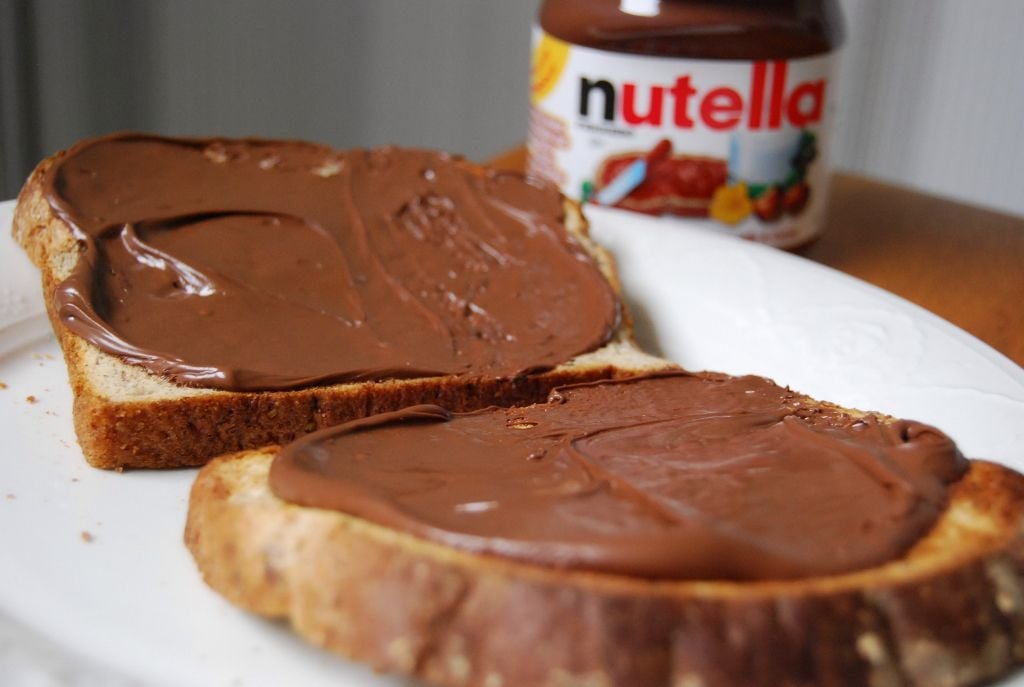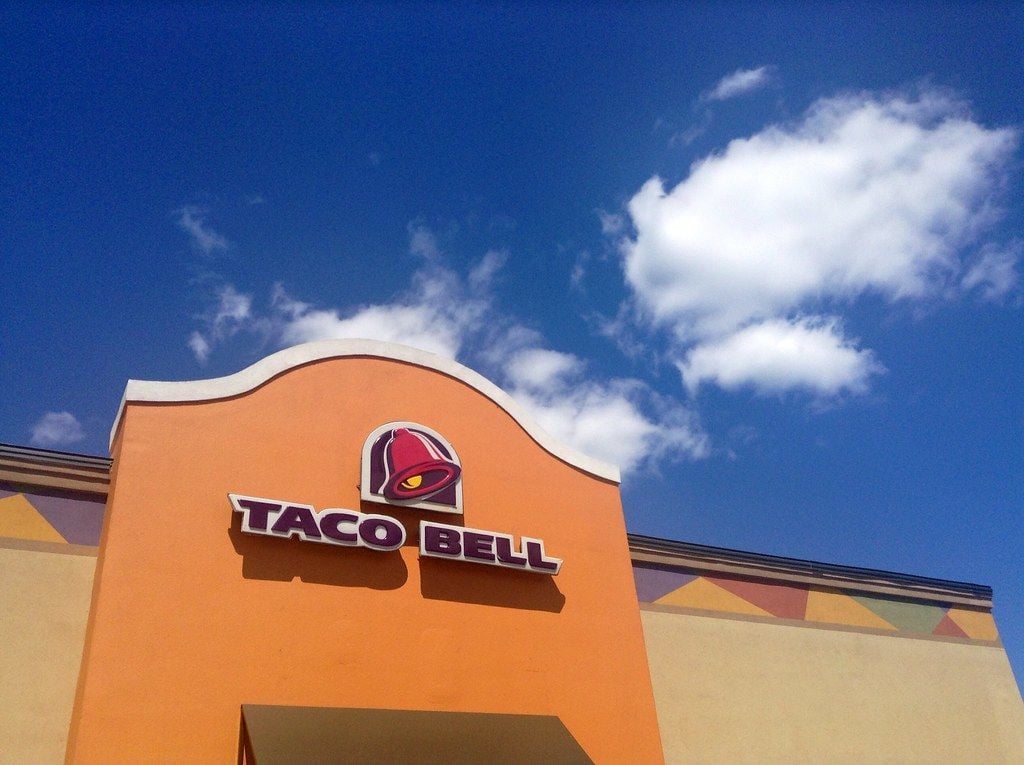
Your Guide to Top California Vineyards: Streamlining Your Wine Selection
- Oct 12, 2024
If keeping track of thousands of winemakers and running an ever-updating list of good wines and bad wines is too much for you, don't worry, there's a hack to choosing the best bottle of wine: recognizing the name of top vineyards on the wine label. This trick is particularly useful in vast winemaking regions like California. Many of the state’s premium vineyards aren't necessarily "estate" properties (meaning they only produce grapes for one winery). Instead, they supply grapes to various winemakers, often resulting in single-vineyard wines. The trick lies in remembering these vineyard names, serving as a shortcut to streamline your wine-buying process and improve your chances of picking a winning bottle of wine. To simplify things, a selection of top vineyards, especially the larger, highly sought-after ones that supply grapes to multiple wineries in California, are listed here.
Bien Nacido, for example, is a benchmark of California's Santa Maria Valley, a top reference point for all wines from the area. Approximately 600 of its nearly 3,000 acres are dedicated to vine cultivation. The presence of different grape varieties is notable, but Pinot Noir, Syrah, and Chardonnay particularly thrive due to the site's varied landscapes and breezes from the Pacific Ocean. Over eighty buyers purchase grapes from Bien Nacido, resulting in many renowned wines being sourced from this benchmark vineyard.
Meanwhile, John Sebastiano Vineyard in Santa Barbara County is a new but rapidly impressing player due to its Temecula-like microclimates. Co-owner John Wagner describes the location as "magical", attributing its rapid rise to its distinct soil types and beneficial climate brought by the area's geography. Though it is more recognized for its extraordinary Syrah produce, John Sebastiano also plays host to excellent Grenache and Pinot Noir.
Another vineyard standing the test of time is Dutton Ranch, a viticultural "archipelago" of 74 small vineyards stretching over 1,100 acres across the Russian River Valley and Green Valley AVAs. Notably, it operates Bourgogne-style, with the Dutton family overseeing each vineyard and leasing out blocks or rows to different producers. Its origins date back to 1964, and today’s offerings are mainly Chardonnay and Pinot Noir, among others.
Sangiacomo Vineyard, a vineyard sought after by many of the state’s top wineries, is another fascinating story. The Sangiacomo family, after relocating from Genoa, Italy, in 1913, shifted from pear to wine grape farming in 1969. Today, over 90 producers bottle "Sangiacomo Vineyard" wines.
A unique feature of the wine landscape in the United States is that not all exceptional vineyards are necessarily large, contiguous pieces of land. Dutton Ranch proves this fact, controlling a range of differently sized vineyards, the largest of which is just around 50 acres. The entire Dutton Ranch conglomerate stretches across 1,100 total acres of grapevines, straddling the Russian River Valley and Green Valley AVAs.
Lastly, the James Berry Vineyard, a seemingly undisputed grand cru-level site vouched for by fan-turned-critic Robert Parker, remains a steadfast flagbearer of California winemaking. Despite its close proximity to the Pacific Ocean and idyllic combination of sunny weather and clay-loam topsoil over an ancient seabed, the real magic of the James Berry Vineyard doesn't stem from its climate or even its exact location. Instead, it's the beauty that gets bottled up - wines that leave vineyard veteran Justin Smith still attached to this site after forty years.
The next time you find yourself browsing the wine aisle, keep an eye out for these vineyard names on the labels. Understanding the backstory, the hidden meaning behind those names, and the vineyards' standards of excellence can empower your choice and elevate your wine experience.






